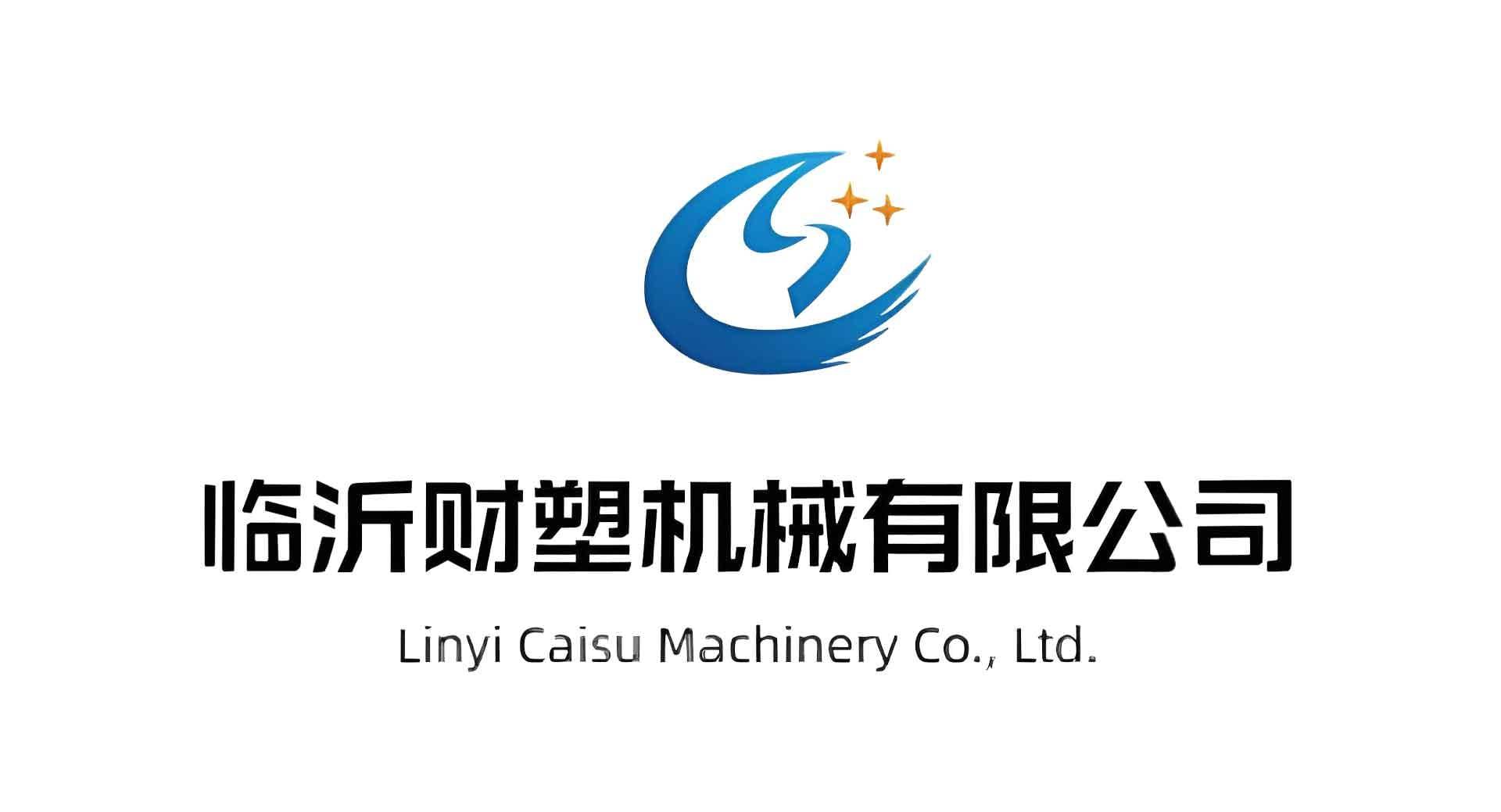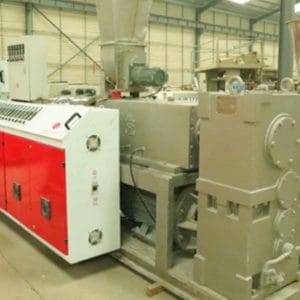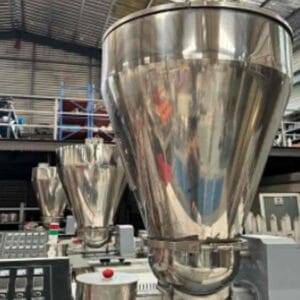Welcome to My Blog!
Before we dive into the content, I’d love for you to join me on my social media platforms where I share more insights, engage with the community, and post updates. Here’s how you can connect with me:
Facebook:https://www.facebook.com/profile.php?id=61567891941530
Now, let’s get started on our journey together. I hope you find the content here insightful, engaging, and valuable.
Caisu Machinery sells a variety of used plastic pipe production equipment. The products are of high quality and low price. Welcome to contact us for consultation and purchase. We will be happy to serve you.
Table of Contents
Introduction
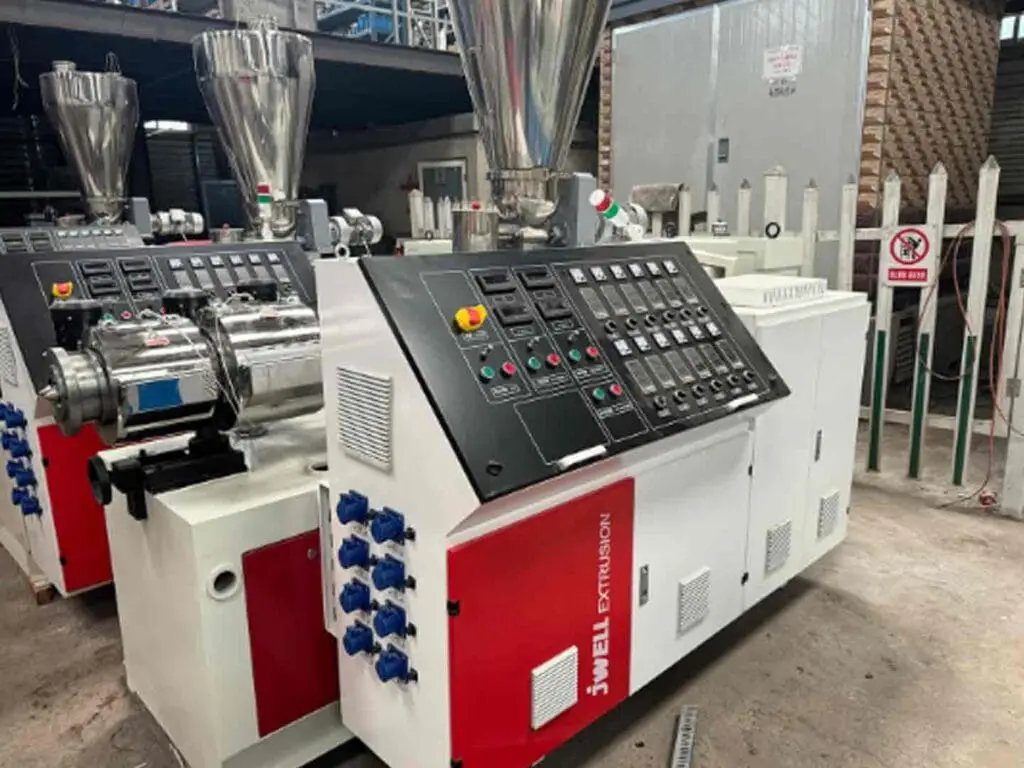
The screw plastic extruder is one of the most essential machines in modern plastic manufacturing. From producing pipes to creating films and profiles, its applications are vast and crucial for various industries. This machine uses a combination of heat, pressure, and mechanical rotation to melt, mix, and shape plastic materials into usable products.
In this guide, we will break down the working principles of a screw plastic extruder, explore its components, and discuss its applications in detail. We’ll also include a comparison table, tips for selecting the right extruder, and an FAQ section to answer common questions about screw plastic extruders.
How Does a Screw Plastic Extruder Work?
A screw plastic extruder transforms raw plastic material into finished products by following a series of precise steps. These include feeding, melting, mixing, shaping, cooling, and cutting. Here’s how the process works:
The Process in Detail
- Feeding the Hopper
The process starts with feeding raw plastic material, such as pellets or granules, into the hopper at the top of the extruder. - Melting the Plastic
As the material moves through the barrel, heating elements raise the temperature, melting the plastic. This is critical for uniformity. - Mixing the Material
The rotating screw ensures the molten plastic is thoroughly mixed. Additives like colorants or stabilizers may also be introduced during this stage. - Shaping with a Die
The molten plastic is pushed through a die, giving it the desired shape, whether it’s a pipe, sheet, or profile. - Cooling and Solidifying
After exiting the die, the shaped plastic is cooled using air or water, allowing it to solidify. - Cutting and Finishing
The solid product is cut into desired lengths or forms and prepared for packaging.
Components of a Screw Plastic Extruder
A screw plastic extruder is made up of several key components, each playing a vital role in the extrusion process. Understanding these components can help in selecting the right machine for your application.
Main Components
- Hopper: The starting point where raw material is fed into the extruder.
- Barrel: A heated cylindrical chamber that holds the screw and melts the plastic.
- Screw: The rotating component that conveys, compresses, and mixes the plastic.
- Heaters: External elements that regulate the barrel’s temperature.
- Die: A tool at the end of the barrel that shapes the plastic.
- Cooling System: A system that cools and solidifies the shaped plastic.
- Drive System: Powers the screw’s rotation, enabling material movement.
Applications of Screw Plastic Extruders
The versatility of screw plastic extruders makes them indispensable across various industries. Some of the most common applications include:
- Plastic Pipes and Tubes
Widely used in construction, agriculture, and plumbing. - Plastic Film and Sheets
Ideal for packaging, laminating, and thermoforming. - Custom Profiles
Used in producing window frames, weatherstrips, and other custom shapes. - Recycling Plastic Waste
Essential for converting waste plastics into reusable products. - Cable Coating
Applies protective plastic insulation to wires and cables.
Table: Key Features of Single-Screw and Twin-Screw Plastic Extruders
| Feature | Single-Screw Extruder | Twin-Screw Extruder |
|---|---|---|
| Primary Use | General plastic processing | Complex mixing applications |
| Material Handling | Limited additives | Handles wide range of additives |
| Mixing Efficiency | Moderate | High |
| Output Quality | Standard | Superior |
| Complexity | Simpler | More complex |
| Maintenance | Easier | Requires skilled expertise |
Advantages of Screw Plastic Extruders
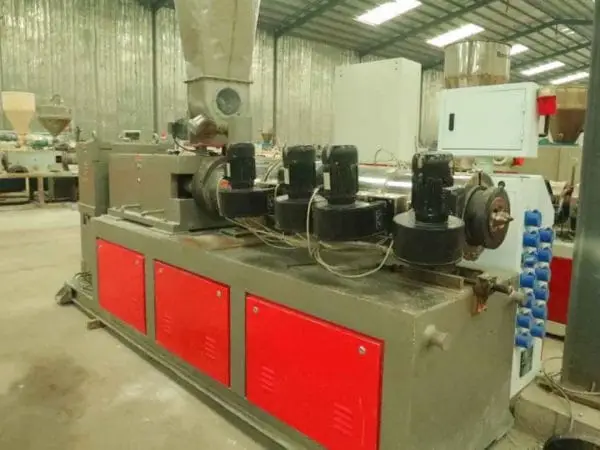
High Efficiency
Screw plastic extruders operate continuously, allowing for high-volume production with minimal waste.
Versatility
These machines handle various types of plastic, including polyethylene, polypropylene, and PVC, making them ideal for diverse applications.
Precision and Customization
Screw plastic extruders can produce products with consistent quality and customized shapes based on the die used.
Energy Efficiency
Modern extruders incorporate energy-saving designs, reducing operational costs.
Contribution to Sustainability
Extruders are key in recycling plastics, promoting environmentally friendly manufacturing practices.
Maintenance Tips for Screw Plastic Extruders
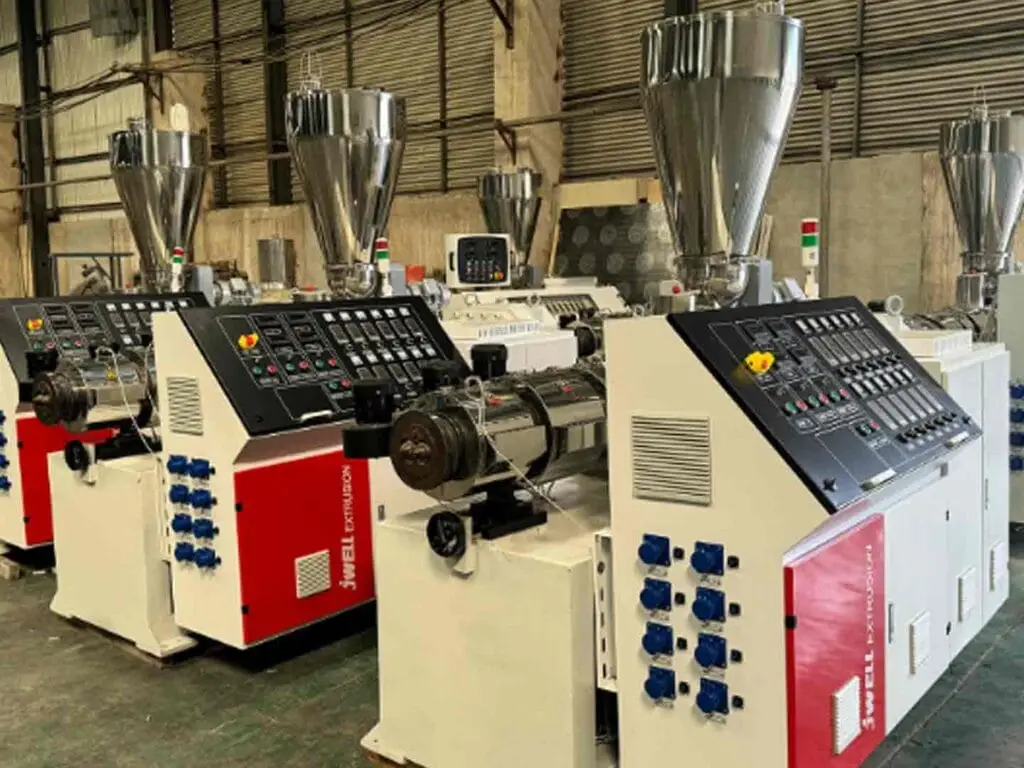
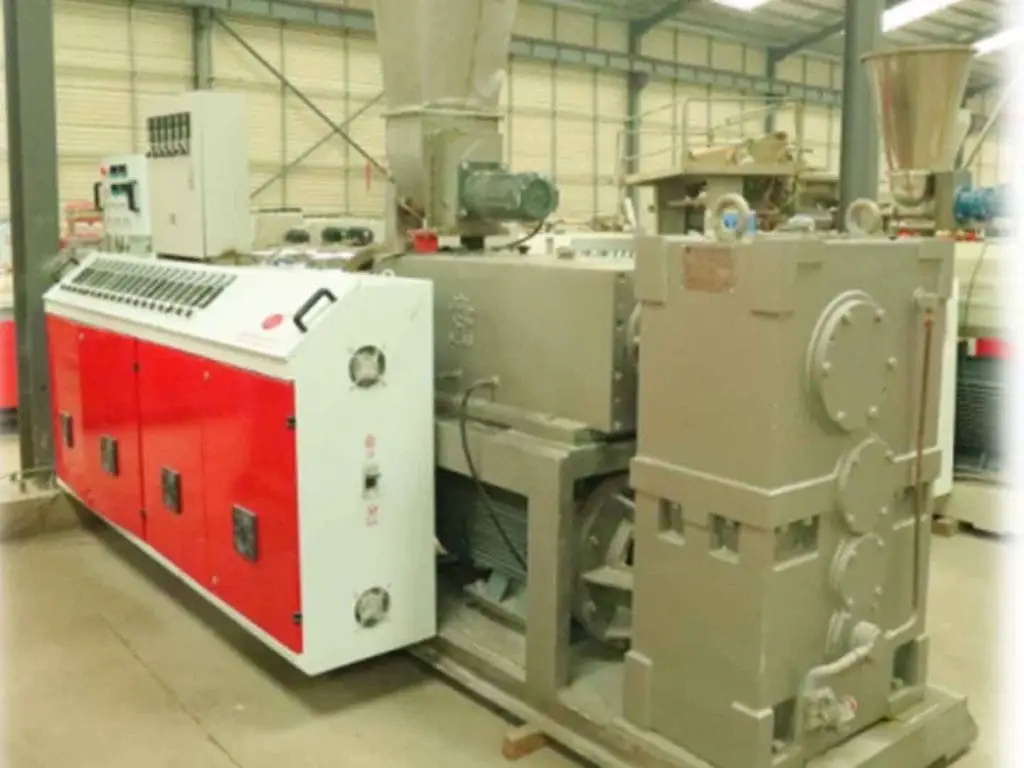
Proper maintenance is essential to ensure the longevity and performance of a screw plastic extruder. Here are some tips:
- Regularly clean the screw and barrel to prevent buildup.
- Inspect and replace worn-out components, especially the screw and die.
- Calibrate the temperature controls to ensure uniform heating.
- Lubricate moving parts to reduce wear and tear.
Conclusion
The screw plastic extruder is a cornerstone of the plastics industry, offering unparalleled efficiency and versatility in processing plastic materials. By understanding its working principles, components, and applications, businesses can make informed decisions when selecting and operating these machines. Whether you are producing pipes, films, or custom profiles, a screw plastic extruder can significantly enhance your manufacturing capabilities.
With proper maintenance and careful selection, the screw plastic extruder ensures consistent performance, high-quality output, and cost efficiency, making it an invaluable asset for modern production lines.
FAQ
What is a screw plastic extruder used for?
It is used to process plastic materials into finished products such as pipes, sheets, and films.
What types of plastics can a screw plastic extruder handle?
Common materials include polyethylene, polypropylene, PVC, and polystyrene.
How is the screw maintained?
Regular cleaning, lubrication, and inspections for wear are crucial for maintaining the screw.
What is the difference between single-screw and twin-screw extruders?
Single-screw extruders are simpler and cost-effective, while twin-screw extruders provide superior mixing for complex formulations.
Can screw plastic extruders be used for recycling?
Yes, they are frequently used to process recycled plastic into reusable materials, contributing to sustainability.
How do I select the right screw plastic extruder?
Consider the type of plastic, production volume, desired product shape, and budget when choosing an extruder.
What factors affect the efficiency of a screw plastic extruder?
Factors include screw design, material properties, barrel temperature, and die selection.
